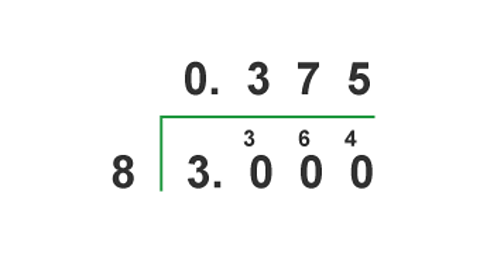Multiples and factors
Numbers that divide exactly into another number, leaving no remainder, are called factors.
A prime number has exactly two factors, itself and 1.
The only even prime number is 2.
The number 1 is not prime as it only has one factor.
The highest common factor (HCF) is the highest number which is a factor of both numbers.
The lowest common multiple (LCM) is the lowest multiple common to both numbers.
Prime factors are prime numbers that divide exactly into a number.
Every non-prime number can be expressed as a product of prime factors,for example:
30 = 2x3x5 and 77 = 7x11
Factor tree method
Write 24 as the product of its prime factors
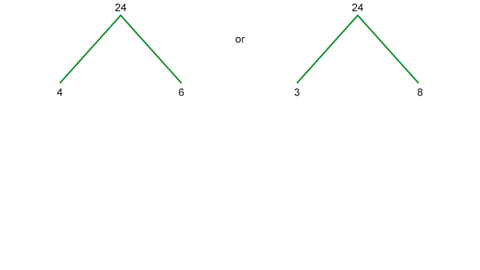
Image caption, You could choose any factor pair to start.
Image caption, Find the factor pair for one of the new factors.
Image caption, Find the remaining factor pairs in the same way.
Image caption, 24 written as the product of its prime factors is 2 Ă— 2 Ă— 2 Ă— 3.
1 of 4
Ladder method
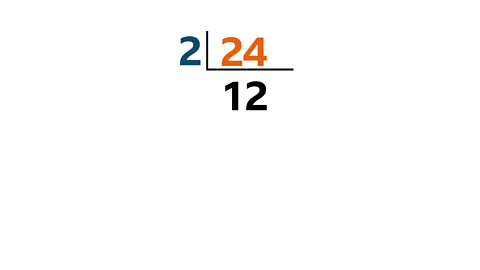
Image caption, Start with 24 and divide by a prime number which is a factor
Image caption, Continue dividing by prime factors
Image caption, Continue dividing by prime factors
Image caption, Continue dividing by prime factors until the answer is 1
Image caption, The answer is shown by writing the divisors as a product
2x2x2x3=24
1 of 5
Example
Express 105 as a product of its prime factors.
Ladder method
- Is it divisible by 2? No
- Is it divisible by 3? Yes
- Is it divisible by 5? Yes
- Is it divisible by 7? Yes
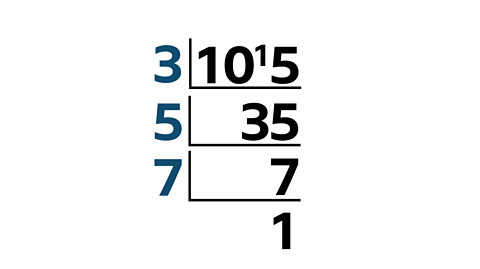
Answer:
105 = 3 x 5 x 7
Question
Write 84 as a product of its prime factors in index form.

Answer:
\( 84 = 2^2 \times 3 \times 7\)
Highest common factor and lowest common multiple
Intersection
Example
Find the highest common factor and the lowest common multiple of 105 and 84.
Solution
Begin by writing each number as a product of their prime factors.
- 105 = 3 x 5 x 7
- 84 = 22 x 3 x 7
Place the factors onto a Venn diagram with the common factors in the centre.
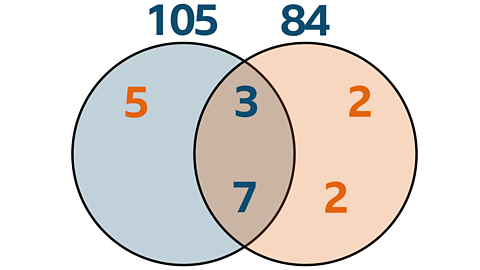
Answer:
- The highest common factor is the product of the numbers in the intersection.
3x7=21 - The lowest common multiple is the product of all the numbers.
5x3x7x2x2=420
Question
What is the highest common factor (HCF) of 50 and 90?
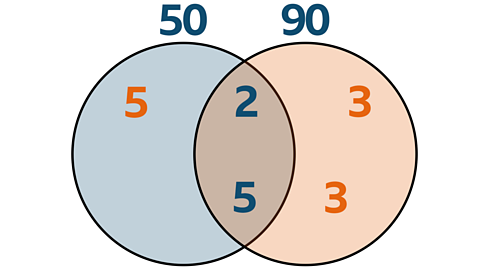
Answer:
HCF = 2 x 5 = 10
Question
What is the lowest common multiple (LCM) of 30 and 24?
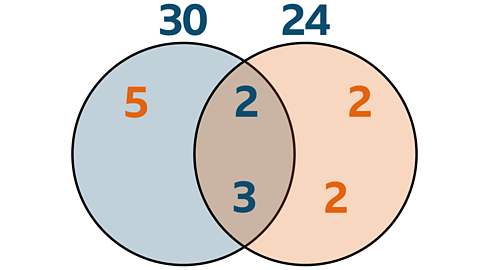
\( 30 = 2 \times 3 \times 5\)
\( 24 = 2^3 \times 3 \)
Answer:
LCM = 2 x 2 x 2 x 3 x 5 = 120
Test yourself
More on M3: Number
Find out more by working through a topic
- count4 of 4
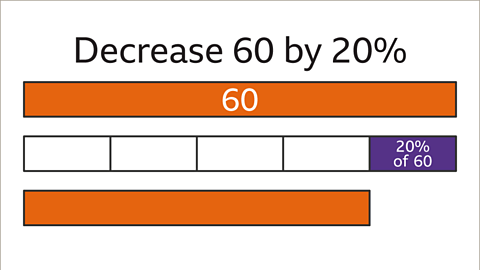
- count1 of 4
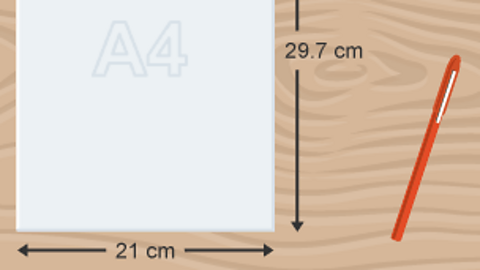
- count2 of 4
